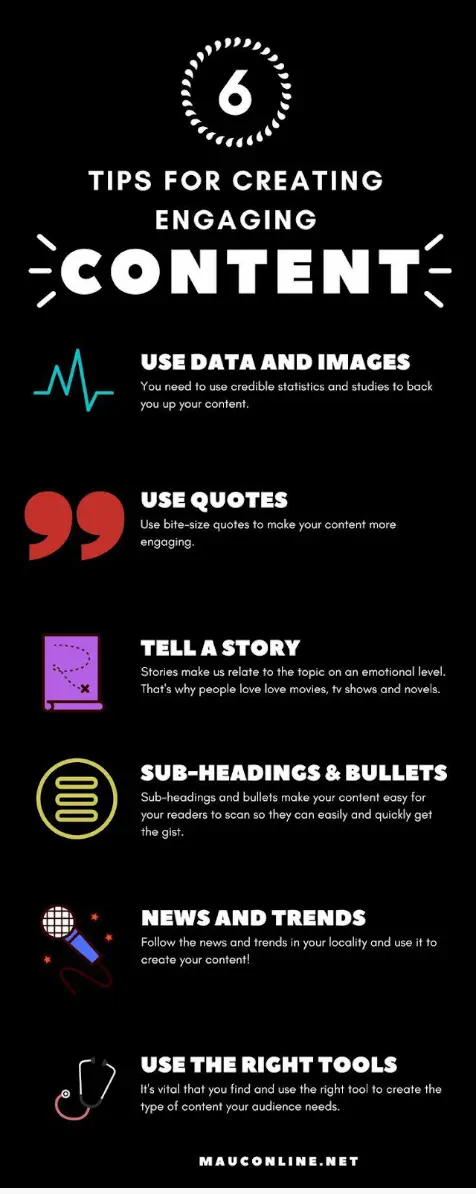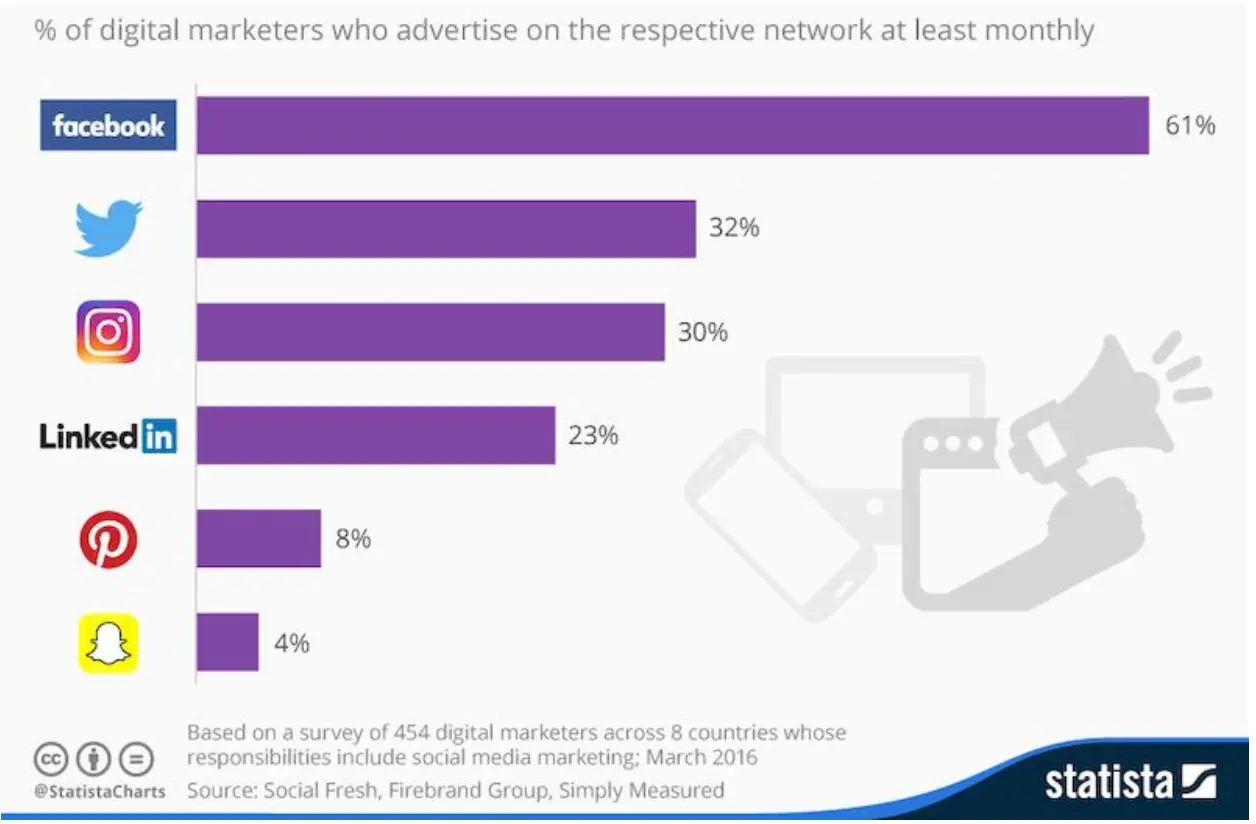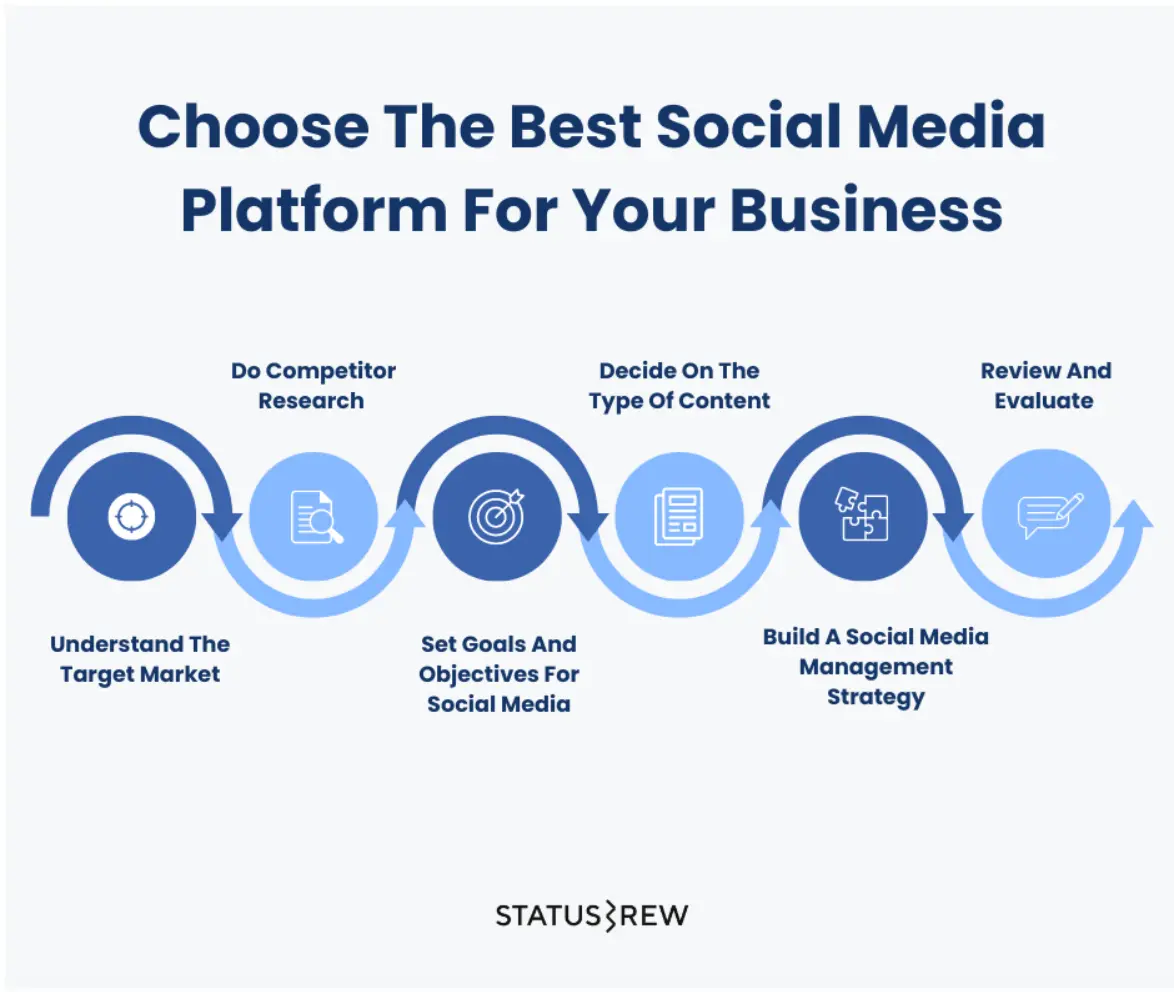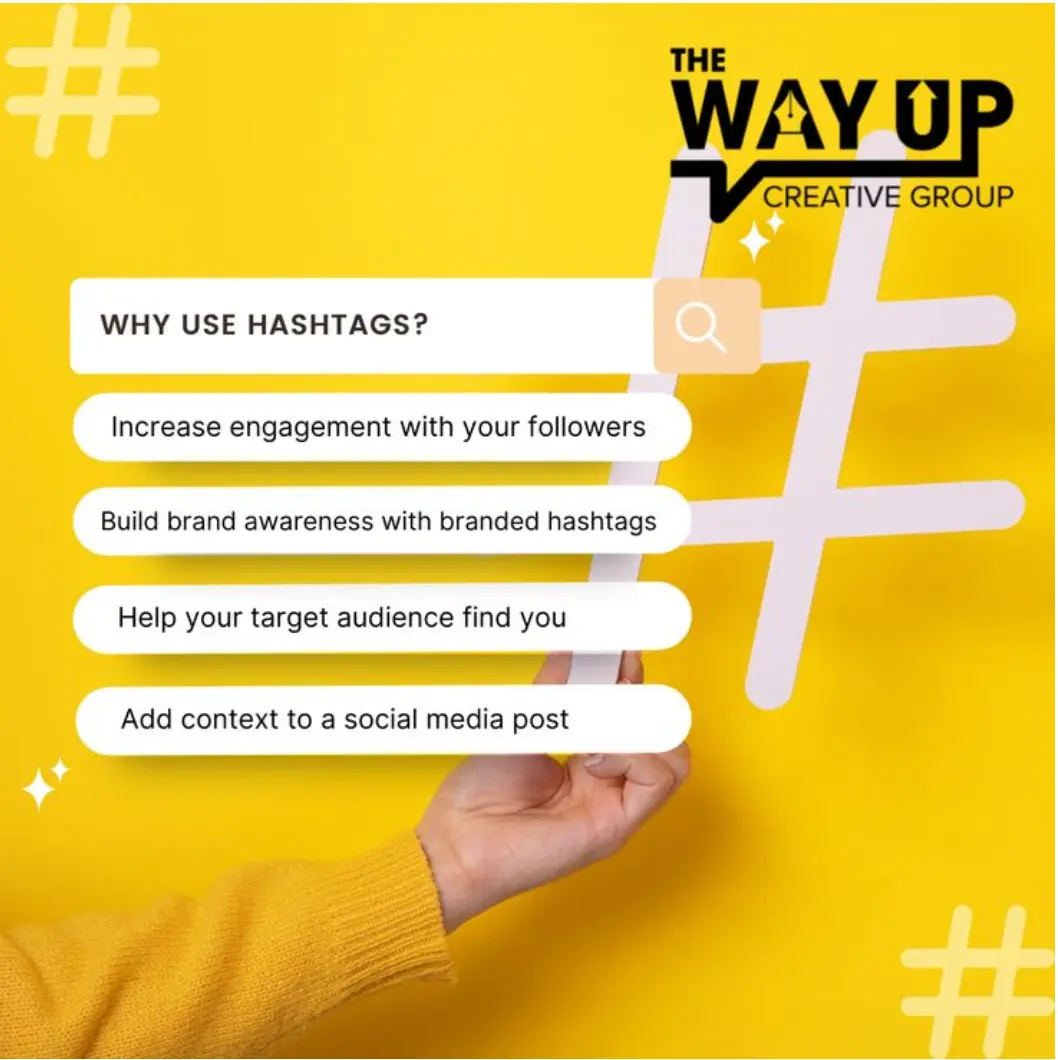In a digital environment, people can produce, share, and exchange information, ideas, and material with one another using social media platforms and websites.
A key component of any social media strategy starts with proper audience targeting. Even with the best social media content ever created, it will be a wasted effort if the wrong people see it.
Social media platforms enable people and businesses to set up personal profiles, publish content and communicate with other users through comments, likes, and other means.
Facebook, Twitter, Instagram, LinkedIn, YouTube, and TikTok are a few of the most widely used social networking sites.
Social media has fundamentally changed how people interact, obtain information, and share experiences.
7 Ways to Use Social Media for Proper Audience Targeting
- Define Your Audience
- Choose the Right Platform
- Create Engaging Content
- Always Use Hashtags
- Run Social Media Ads
- Collaborate With Influencers
- Engage With Your Followers and Audience
1. Define Your Audience
Identifying your target audience is a crucial first step when using social media for business.
Knowing who your audience is will help you tailor your content to their specific interests and needs, increasing engagement and ultimately leading to more conversions.
Utilizing data from a marketing intelligence tool will allow you to target the right customer on the right platform.
How to define your target audience
-
Demographics:
- Include age, gender, location, education level, and income.
- You can gather this information through market research or by analyzing your current customer base.
-
Psychographic factors:
- Interests, values, and behaviors. These factors help you understand what motivates your audience and what content they will most likely enjoy.
-
Understanding of your target audience:
- Create content that speaks directly to their interests and needs.
- For example, if your target audience is young adults interested in fitness and healthy living, create content about healthy meal ideas or workout tips.
-
Serve tailored content:
- It’s how you can increase engagement and build a loyal following on social media.
- Over time, it leads to increased brand awareness, more website traffic, and, ultimately, more sales.
2. Choose the Right Platform
Each platform has its unique user base, features, and content style. Understanding your target audience's behavior and preferences will help determine which platforms to focus on and optimize.
How to choose the right social media platform
-
Demographics:
- Different types of platforms attract different age groups, genders, and geographic locations. Facebook tends to have an older user base, while TikTok is popular among younger generations.
- Knowing your target audience's demographics will help you choose the platform that best aligns with their preferences.
-
Content style:
- Different social media platforms also have different types of content that perform well. Instagram focuses on visual content, while Twitter aims at text-based content.
- Understanding what type of content your target audience prefers will help you choose the best platform to reach them.
-
Engagement:
- Some social media platforms are better for engagement than others. Instagram tends to have higher engagement rates than Facebook.
- Knowing your target audience's engagement preferences will help you choose the platform that will allow you to connect with them most effectively.
-
Business type:
- Specific social media platforms are better suited for certain types of businesses. LinkedIn works well for B2B companies, while Instagram and Pinterest are great for showcasing products to B2C companies.
- Understanding your business type and goals will help you choose the platform that aligns with your needs.
3. Create Engaging Content

Engaging content resonates with your audience, inspires them to take action, and fosters a deeper connection with your brand.
For example, if you're a company that provides RV rentals in California, you can create content around the latest travel destinations, spots, and scenic routes in California that travelers on the road can explore. This would inspire them to explore and book your RV rentals.
How to create engaging content
-
Know your audience:
- Understanding your target audience is crucial for creating content that resonates with them.
- You’ll include their interests, preferences, and behaviors. Create content that speaks to their needs, interests, and pain points.
-
Use visuals:
- Incorporating visuals into your social media content can increase engagement significantly.
- Visuals can include images, infographics, videos, or gifs. Use high-quality visuals that are visually appealing and relevant to your audience.
- If possible, embed a YouTube playlist in an HTML website. People love watching videos, and YouTube is a lucrative touchpoint that will benefit your business in many ways.
-
Tell stories:
- Use storytelling in your social media content to capture your audience's attention and make an emotional connection.
- Try customer success stories, behind-the-scenes glimpses, or personal anecdotes.
-
Keep it short and sweet:
- Attention spans are short on social media, so keeping your content short and to the point is essential.
- Use clear and concise language, and focus on delivering the most important information upfront.
-
Be authentic:
- Authenticity is crucial for building trust and credibility with your audience. Share your company's values, mission, and vision through your content.
- Show your audience the real people behind your brand.
-
Provide value:
- Your content should provide value to your audience. You could use educational content, inspirational quotes, or exclusive promotions.
- Focus on creating content that your audience will find valuable and meaningful.
-
Encourage engagement:
- Encourage your audience to engage with your content by asking questions, starting conversations, or running contests.
- Respond promptly to comments and messages to foster a deeper connection with your audience.
4. Always Use Hashtags
Using hashtags is an effective way to target your audience on social media. A hashtag is a word or phrase preceded by the "#" symbol that groups all posts containing that specific hashtag.
Well-sourced and thoughtful hashtags increase your brand’s visibility and help your content reach a wider audience, especially those interested in or searching for that specific topic.
How to use hashtags effectively
-
Research relevant hashtags:
- It's essential to use relevant hashtags that align with your content & target audience.
- Research + identify hashtags that are popular within your industry, niche, or location.
- Use tools like Hashtagify or Hootsuite to help you find relevant hashtags.
-
Use specific hashtags:
- Avoid using overly generic hashtags often seen in millions of other posts.
- Instead, use specific and niche hashtags that are more targeted and have a higher chance of reaching your desired audience.
-
Create your own hashtag:
- Creating your own branded hashtag can help increase brand recognition and encourage user-generated content.
- Use your brand name, slogan, or a relevant phrase to create a unique and memorable hashtag.
-
Keep it concise:
- Hashtags should be short, concise, and easy to read.
- Avoid using long phrases or excessive punctuation that can confuse your audience.
-
Use hashtags on multiple platforms:
- Use hashtags on all social media platforms that you are active on, including Twitter, Instagram, LinkedIn, and Facebook.
- Each platform has its rules and best practices for hashtags, so make sure to research and adjust accordingly.
-
Monitor & analyze performance:
- Keep track of how your hashtags are performing and adjust your strategy accordingly.
- Use analytics tools to see which hashtags drive the most engagement and reach.
5. Run Social Media Ads

Running ads on social media is another effective way to target your audience. Social media ads allow you to reach a specific audience based on their interests, behaviors, demographics, and location.
You can also set a budget, target particular times of day, and measure the success of your ads.
How to run ads effective social media ads
-
Define your goals:
- Do you want to increase brand awareness, drive traffic to your website, or generate leads?
- Understanding your goals will help you determine the best ad format and targeting options.
-
Choose the right platform:
- Each social media platform has its ad formats and targeting options.
- Choose the platform that aligns with your target audience and marketing goals.
- If you want to target a younger audience, Instagram and TikTok may be the best platforms to run ads.
-
Target your audience:
- Social media ads allow you to target your audience based on demographics, interests, behaviors, and location.
- Use these targeting options to reach your target audience and increase conversion chances.
-
Use eye-catching visuals:
- Visuals play a crucial role in social media ads.
- Use high-quality images or videos that capture your audience's attention and align with your brand messaging.
-
Keep your message clear & concise:
- Attention spans are short on social media, so make sure your message is clear and concise.
- Use short, catchy headlines and call-to-action (CTA) that encourage users to act.
-
Test and optimize:
- Run multiple ad campaigns with different targeting, formats, and visuals to see what works best for your audience.
- Use the analytics data provided by social media platforms to measure your success and optimize your ad campaigns.
6. Collaborate With Influencers

Influencers have a large following and can influence their audience's purchasing decisions. By partnering with an influencer with a following similar to your target audience, you can reach a wider audience and increase brand awareness.
Working with nano influencers, who have smaller, highly engaged audiences, can provide a more authentic and cost-effective way to connect with potential customers.




